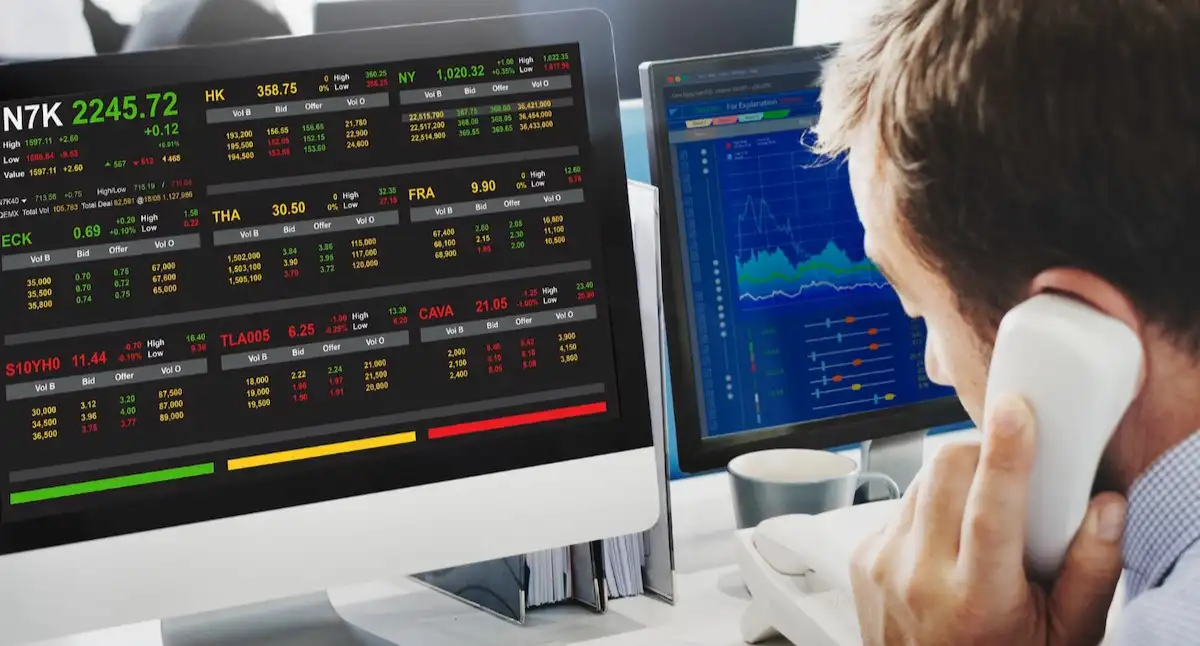Investor Payouts Stall as Fundraising Headwinds Mount
Private equity firms are finding it increasingly difficult to return capital to investors, while also grappling with tighter fundraising conditions. The industry, long overdue for a burst of deal activity, may be on the cusp of a revival—if macro uncertainty can be contained.
Years of sluggish exits have strained limited partners’ (LPs) liquidity. Many managers now hold assets well beyond traditional timelines, with more than 30% of portfolio companies retained for over five years, according to PwC, citing PitchBook data. The median hold has reached 3.5 years—its longest stretch in over a decade.
Tariff Uncertainty Dampens Deal Momentum
Despite early optimism following Trump 2.0’s pro-business rhetoric, tariff policy has proven to be a persistent drag on market confidence. M&A volumes remain far below the euphoric highs of 2021. Through May 2025, U.S. firms had announced about 4,500 deals worth $570 billion—nearly flat compared to 2024 levels, and well behind the 5,800 deals totaling nearly $1 trillion in the same period four years ago.
At a recent Bloomberg-hosted conference in Manhattan, Blackstone President and COO Jonathan Gray acknowledged the muted environment.
"This week, it may not feel as good. But I think when we finish the year, it’ll be a better year in terms of activity." — Jonathan Gray, Blackstone
Still, global fundraising dropped 30% year-over-year to $462 billion in Q1, per PitchBook. Even top-performing firms have felt the pinch—Blackstone raised $21 billion for its ninth flagship fund, down from $26 billion raised by its predecessor.
CFOs Signal Deal Activity in Pipeline
While the top-line numbers remain subdued, executives are quietly gearing up for a rebound. According to PwC’s May survey of nearly 700 corporate leaders, half are in the early stages of transaction planning. Yet 30% said trade frictions—especially tariffs—had caused delays or revisions to their strategies.
"There’s just a level of indecisiveness still quite high. But it’s not as though they don’t see the opportunity—they’re just struggling to move." — Kevin Desai, PwC U.S. Deals Platform Leader
Nearly 60% of respondents admitted to missing out on deals due to slow decision-making. Desai believes clarity on trade and economic policy could be the spark needed to reenergize deal volume.
Mega Deals Signal Emerging Optimism
Signs of life are already emerging in the upper tier of the market. In May, U.S. acquirers disclosed more transactions above $5 billion than in any other month in the past three years, according to PwC.

Among the standout moves: Blackstone’s planned $12 billion acquisition of TXNM Energy, as reported by S&P Global Market Intelligence. The firm did not comment publicly on the deal, but its scale reflects renewed appetite for transformative bets.
"Those who can withstand the uncertainty are starting to get busy—and they’re doing really big things." — Kevin Desai, PwC
Secondary Markets Offer an Escape Hatch
For firms unable to sell assets outright, the secondary market has become a key outlet. Institutional LPs—including elite university endowments like Harvard and Yale—have sold private equity stakes at discounts, seeking to rebalance and reinvest.
These sales are helping unlock stagnant portfolios, according to Desai, allowing managers to exit long-held positions while acknowledging the market may not deliver the returns once expected.
"I think that could actually unlock some of the sales that are packed up." — Kevin Desai, PwC
Long Holds, High Rates Challenge Returns
Persistently high interest rates have added another layer of difficulty. With borrowing costs elevated, fund managers must extract more value from each portfolio company to maintain target returns. For private equity, that means more than just waiting—it means generating real operational growth.
Desai framed it bluntly: holding assets longer requires delivering disproportionate upside. But that’s easier said than done when exit paths remain constrained.
As the fog of policy uncertainty lifts and confidence slowly returns to the boardroom, private equity leaders are hoping the long-delayed deal wave finally breaks. Until then, the industry remains in a holding pattern—cautiously optimistic, but far from triumphant.
Source: Fortune, June 25, 2025.






